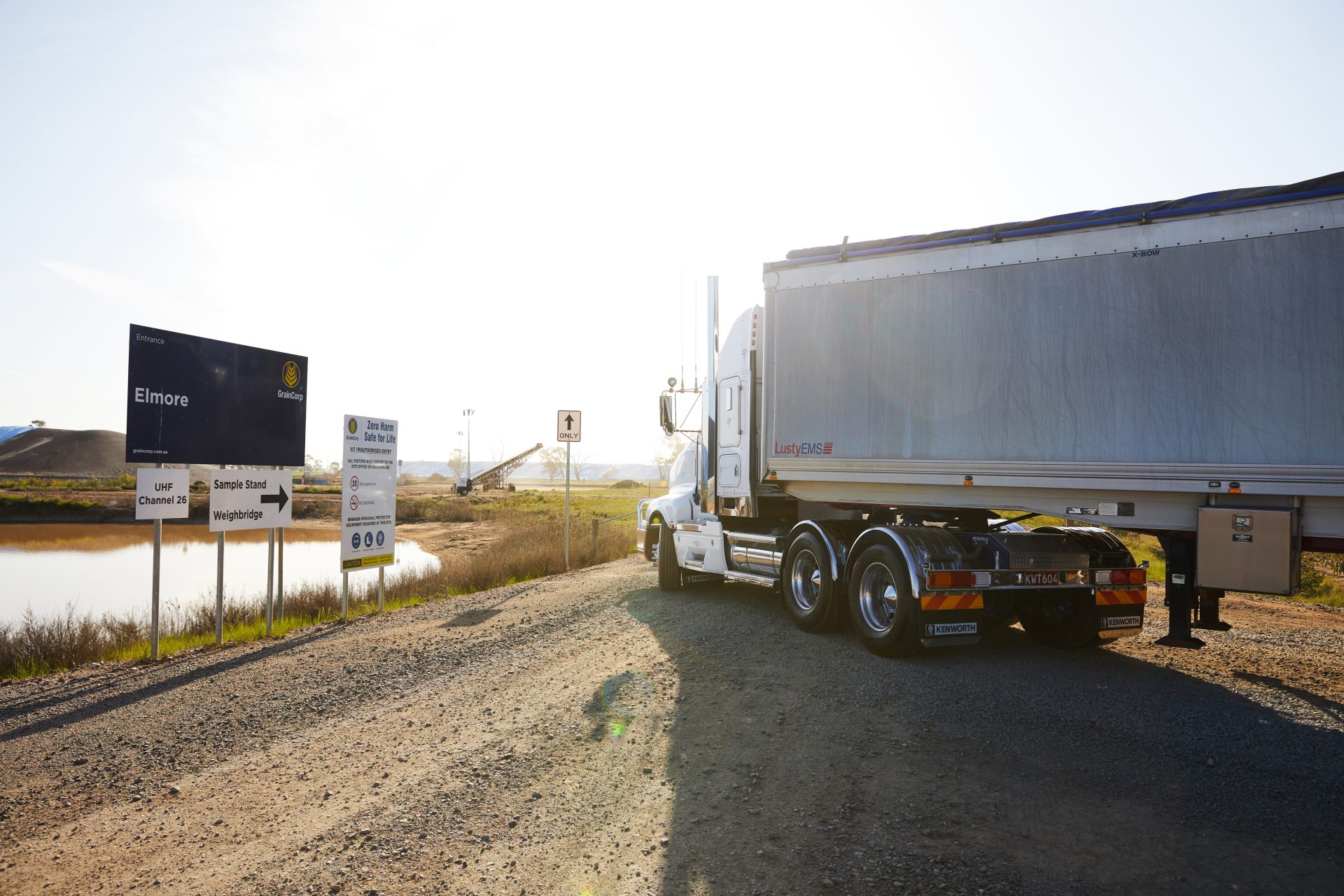The transition to a low-carbon economy is likely to remain risky for hard-to-abate sectors like chemicals, cement, steel, shipping and aviation, despite governments around the world ramping up support for green technologies, according to Moody’s Ratings.
The global credit-rating agency said that the higher level of support – which the International Energy Agency (IEA) said was worth $US1.3 trillion globally between 2020 and the first half of 2023 – could accelerate innovation and make low-carbon solutions more affordable over the long term.
In the short-term, however, high execution risks and uncertain returns on investment would limit the potential benefit to credit ratings.
“The pace of innovation and companies’ capacity to invest will shape their exposure to transition risks,” Moody’s said in an April report.
“First movers in hard-to-abate sectors could gain a competitive edge if they are able to decarbonise and sell low-carbon products and services at a premium, potentially supporting their credit strength.
“But investment in unproven technologies also comes with high execution risks.”
Moody’s said the risks included high interest rates, costs and delays, while policy reversals from previously supportive governments could dampen investment momentum.
Persistent geopolitical risks and trade barriers could also complicate investment strategies and supply-chain management.
The report said the scale and scope of the support for green technologies and the ultimate goal of remodelling domestic economies was unprecedented.
The US Inflation Reduction Act (IRA), for example, accounted for nearly one-quarter of the $US1.3 trillion in worldwide government support between 2020 and June 2023.
The European Union’s (EU) Green Deal Industrial Plan repurposed more than 300bn euros in existing EU funding, making it easier for clean-tech companies to access national funding through relaxed state-aid rules and to scale up domestic manufacturing capacity of critical green technologies.
Meanwhile, investment by China in power supply projects excluding thermal energy rose by almost one-third in 2023, resulting in the country’s clean energy installed capacity exceeding thermal power for the first time.
A host of other countries including Australia, India, Japan, Korea and the UK aimed to boost domestic green tech industries.
Moody’s said the strong policy support, along with market momentum and the cost-competitiveness of clean energy technologies such as solar power and battery storage, was contributing to accelerated green investment in major markets, reaching $US1.8 trillion in 2023, up nearly 50 per cent from 2019.
Investment in emerging technologies, such as low-carbon fuels and carbon capture, utilisation and storage (CCUS), was also growing from a low base.
While relatively mature technologies, together with energy efficiency gains, were expected to deliver the most significant emissions reductions in the near term, about one-third of cumulative cuts would need to come from technologies that were not currently available at scale, the IEA has said.
The Moody’s report examined the potential of four emerging technologies which it said were receiving growing policy support.
CCUS, it said, covered a suite of technologies to capture carbon from industrial processes and use, transform or store it.
Governments were trying to lower the obstacles faced by CCUS projects by tackling the reluctance to be a first-mover in a complex industry, as well as the risk of being stranded with an uneconomic or redundant asset.
For example, the introduction of carbon-pricing schemes could encourage hard-to-abate sectors to use CCUS to mitigate emissions.
“Policy support is likely to become more targeted to the obstacles different hard-to-abate sectors face in implementing CCUS technologies at scale,” Moody’s said.
“This should increase uptake and could help companies in these sectors avoid carbon penalties and support their credit strength.”
On green and low-carbon hydrogen, Moody’s cited its potential as a clean fuel for power generation as well as a decarbonisation tool for carbon-intensive sectors where electrification was not a viable alternative.
Obstacles, however, included “low technological readiness and electricity loss because of inefficiencies in the electrolysis and subsequent energy conversion process when hydrogen is used”.
“Until more efficient electrolysis methods, better fuel cell technologies and methods of storing and transporting hydrogen are developed and commercialised, this energy imbalance will impede the widespread adoption of green hydrogen,” Moody’s said.
“This is especially so without the guarantee of continued government support.”
Policymakers globally had responded by simplifying regulatory requirements and providing financial incentives and advisory services to scale up hydrogen projects and hubs.
Biofuels, according to Moody’s, would play an important role in decarbonising transport, such as sustainable aviation fuel derived from waste oils and agricultural residues.
However, both were often only used as a blend with traditional fuel.
“Long term, they have potential to decarbonise long-haul, heavy-duty vehicles, shipping and aviation, where there are few alternative and cost-effective solutions to the use of fossil fuels, but significant regulatory emissions restrictions are in place,” the report said.
The UK, it said, had provided substantial funding for research and development to boost biomass production and innovation, while the IRA also provided production and investment support for biofuels.
The final emerging technology examined in the report was small modular nuclear reactors (SMRs), which Moody’s said was receiving renewed attention globally as a low-carbon energy source and a baseload complement to renewable energy technologies.
However, nuclear power projects in a number of countries faced safety concerns from the general public and uncertainty in relation to construction costs, waste management and decommissioning.
“Benefits of SMRs (compared to large nuclear reactors) include a lower initial investment requirement (which makes them more accessible to private investors), shorter construction time compared with traditional reactors as components can be factory-assembled and transported, and lower space requirements,” Moody’s said.
“Some governments might be cautious about widespread adoption given public concerns around safety – while SMRs are designed to be safer, there is a lack of precedent cases and established operating experience to gain public acceptance and shorten licensing processes.
“There are also security concerns around having a large number of SMRs that could become a military target.
“As the development of SMRs advances, we are likely to see more regulatory cooperation, common industries standards, codes and harmonised licensing approaches to address safety concerns.”







